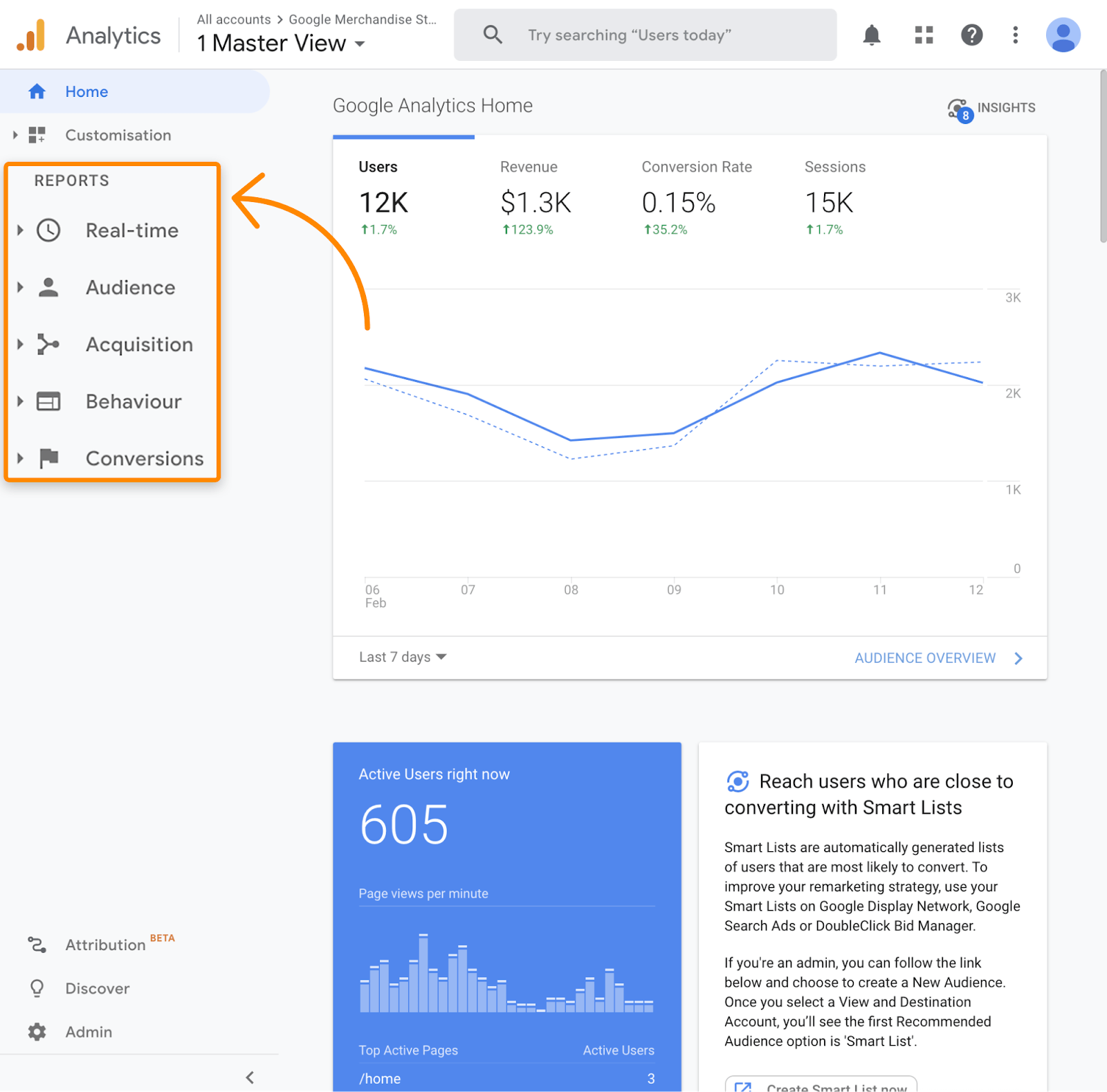Optimizing Your Data Interpretation With Second Dimension in Google Analytics for Informed Decision-Making
Google Analytics, an effective device in the hands of electronic marketers and analysts, offers a feature recognized as Additional Measurement. By tapping right into the capabilities of Additional Dimension, customers can get an extra extensive sight of their information, enabling them to make tactical decisions based on a much more nuanced and in-depth evaluation.
Recognizing Additional Measurement Performance
Comprehending the second measurement functionality in Google Analytics enhances the depth of data analysis by supplying extra context to key metrics. By integrating a second dimension, analysts can segment and contrast data, gaining understandings that would certainly or else stay concealed. This function allows customers to check out data via different lenses, such as the source of traffic, customer habits, or geographic place, using a much more detailed understanding of internet site efficiency.
When looking exclusively at primary metrics,Using second dimensions can disclose patterns and correlations that might not be apparent. Pairing the key metric of web page views with an additional measurement like gadget group can discover whether particular devices drive even more traffic to details web pages. This details can then notify web site optimization techniques customized to different tool individuals.
Implementing Secondary Measurement in Records
Building upon the understandings gotten through secondary dimension analysis, integrating these measurements successfully into records in Google Analytics is essential for drawing out actionable data-driven decisions. what is a secondary dimension in google analytics. By carrying out additional measurements in records, individuals can dig much deeper right into the efficiency metrics of their internet site or application. This feature enables a much more detailed analysis by offering added context to the primary dimension chosen
To carry out a secondary dimension in reports, simply navigate to the preferred report in Google Analytics and click on the "Secondary dimension" tab situated over the data table. From there, individuals can pick from a vast array of secondary measurements such as 'Source/Medium', 'Tool Classification', or 'Landing Web page'. Picking the most pertinent additional dimension will certainly depend upon the particular insights you are looking for to reveal.
Using secondary dimensions in records not just improves the depth of analysis yet additionally help in determining patterns, patterns, and relationships that might have or else gone unnoticed. This calculated strategy to data analysis makes it possible for services to make educated choices that drive development and success.

Studying Data With Second Dimensions
Upon integrating second dimensions right into information analysis within Google Analytics, an in-depth evaluation of vital efficiency indications can be achieved, using useful understandings for critical decision-making. By making use of secondary dimensions, experts can additionally study their primary data dimensions, such as traffic resources or customer demographics, to reveal patterns or trends that might not be instantly apparent. This much deeper level of evaluation enables for a more comprehensive understanding of customer habits and communications on an internet site or electronic system.
Evaluating data with secondary dimensions makes it possible for marketing experts and internet site proprietors to respond to even more particular concerns about their audience, material efficiency, and marketing initiatives. By incorporating the main dimension of web traffic resources with a secondary dimension like geographical location, services can determine which areas drive the most valuable web traffic to their site. This kind of granular understanding can notify advertising and marketing methods, content development, and website optimization efforts to much better accommodate the requirements and choices of their target audience.
Leveraging Second Dimensions for Insights
By including second dimensions properly, analysts can draw out much deeper insights from information sets in Google Analytics, boosting the understanding of individual behavior and efficiency metrics. Leveraging second dimensions involves combining various characteristics or metrics with primary information to uncover patterns and fads that may not be noticeable initially look. By including a secondary measurement such as 'Device Category' to a record on website web traffic, analysts can discern whether customer behavior differs across various tools like desktop computers, mobile phones, or tablet computers.
Furthermore, making use of second measurements enables analysts to segment information extra granularly, allowing them to determine certain target market sectors or geographic locations that show distinctive behaviors. what is a secondary dimension in google analytics. This segmentation can be instrumental in tailoring advertising approaches, enhancing site web content, or improving user experience based upon the one-of-a-kind characteristics of each section
Essentially, leveraging second measurements in Google Analytics encourages experts to dig deeper into data, derive meaningful insights, and make educated decisions that drive company development and success.
Enhancing Decision-Making Via Second Measurements
Utilizing additional measurements in data analysis offers a calculated advantage by discovering workable understandings that drive educated decision-making in Google Analytics. By improving decision-making via additional dimensions, customers can dive deeper right into their data to remove useful information that might not be quickly see it here obvious. These additional measurements offer an even more detailed sight of customer habits, interactions, and results, enabling experts to make more educated decisions based upon concrete data.
Via the usage of additional measurements, analysts can segment and filter information to determine patterns, trends, and relationships that might influence decision-making he said processes. This boosted level of granularity enables a more targeted strategy to assessing information, causing more exact and informative conclusions.
Furthermore, second measurements supply the chance to compare different data factors side-by-side, assisting in a much more detailed examination of performance metrics and KPIs. By leveraging additional measurements successfully, companies can optimize their methods, boost customer experiences, and ultimately achieve their goals with confidence.
Verdict

Building upon the understandings gotten through second measurement analysis, incorporating these measurements effectively into records in Google Analytics is critical for removing actionable data-driven decisions.To apply a second measurement in reports, just browse to the desired report in Google Analytics and click on the "Secondary measurement" tab situated above the information table. By using secondary measurements, experts can better study their primary data dimensions, such as traffic sources or individual demographics, to reveal patterns or fads that might not be instantly evident. By incorporating the primary dimension of website traffic resources with a secondary dimension like geographical place, organizations can identify which regions drive the most valuable web traffic to their website.By including second measurements efficiently, analysts can draw out much deeper understandings from information collections site here in Google Analytics, enhancing the understanding of customer behavior and performance metrics.
Comments on “Comprehending Secondary Dimensions in Google Analytics: Meaning and Tactical Combination”